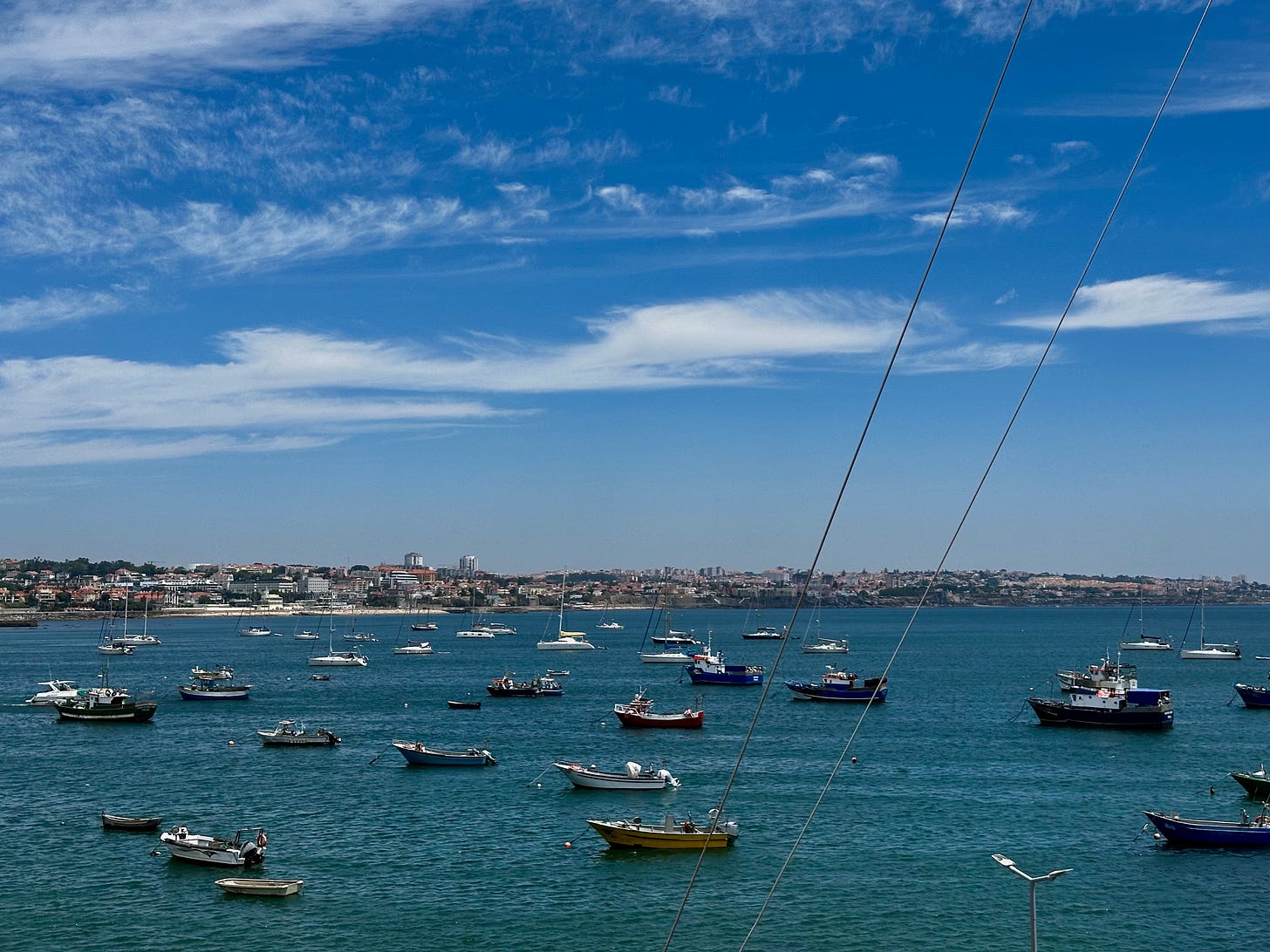A Perfect Day Trip from Lisbon: Exploring Cascais and Boca do Inferno
A scenic train ride, a seaside stroll, and the dramatic cliffs of the “Mouth of Hell”, why Cascais is the ultimate slow travel escape from Lisbon
I didn’t plan to go to Cascais.
It was one of those decisions you make while sipping a morning coffee in Lisbon, gazing out the window, and thinking: Why not? The sun was out. I had no real schedule. So I wandered over to Cais do Sodré, hopped on the next train heading west, and found myself gliding along the coast toward a town I barely…




